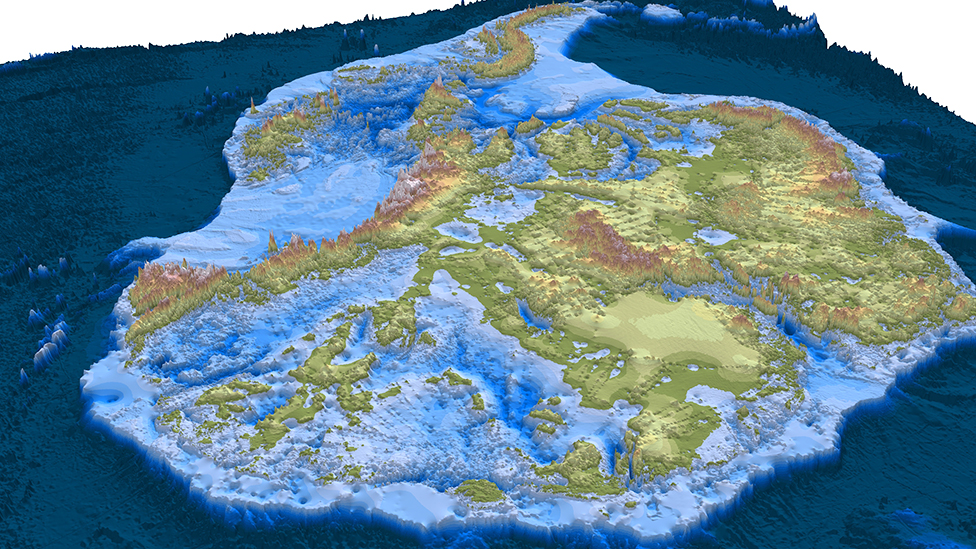
Chile has joined Argentina in calling for a protected area in Antarctica.
The request was submitted to the Commission for the Conservation of Antarctic Marine Living Resources (CCAMLR) in Australia, which began on October 24 in Horbart and will run until November 4.
The idea, pushed by Chile and Argentina, began in 2018 and aimed to protect an area of 650,000 square kilometers around the Antarctic Peninsula to reduce pressure on marine life in the area.
The goal is to stop krill fishing in the feeding grounds of penguins and other species in the Antarctic region.

Also on the table are two European proposals to declare a large area of more than three million square kilometers in East Antarctica and the Weddell Seas as a protected area.
Establishing marine protected areas within CCAMLR is a complex issue, even more so when decisions are taken by consensus.
The body has already failed several times, including at the 2019 summit, when the idea of creating marine protected areas failed for the eighth time in a row.
The debate was opposed by Russia and China.
“At a time of increasing biodiversity loss and the threats of climate change, it is disheartening that CCAMLR has failed for the eighth year in a row to protect Antarctic waters,” Andrea Kavanagh of The Pew Charitable Trusts said at the time.
Founded in 1982, CCAMLR works to protect Antarctic marine life.
It has twenty-five countries as members, including the European Union, Australia, Germany, Argentina, Belgium, Brazil, Chile, China, South Korea, Spain, the United States, France, and others.
The European proposals and the Chilean-Argentine demand are being closely scrutinized by Russia, which is suspicious of the initiative.
US officials are following Russia’s suspicions.
US Assistant Secretary of State Monica Medina took aim at Russia, telling Guardian Australia that it was “time for them to withdraw their objections and support conservation”.



